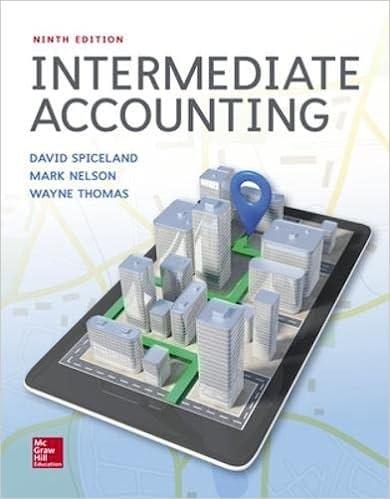Answered step by step
Verified Expert Solution
Question
1 Approved Answer
Costing and Pricing at DDM Lab DDM Lab computes the prices that it charges to its clients based on the full costs. In 2020 DDM





Step by Step Solution
There are 3 Steps involved in it
Step: 1

Get Instant Access with AI-Powered Solutions
See step-by-step solutions with expert insights and AI powered tools for academic success
Step: 2

Step: 3

Ace Your Homework with AI
Get the answers you need in no time with our AI-driven, step-by-step assistance
Get Started


